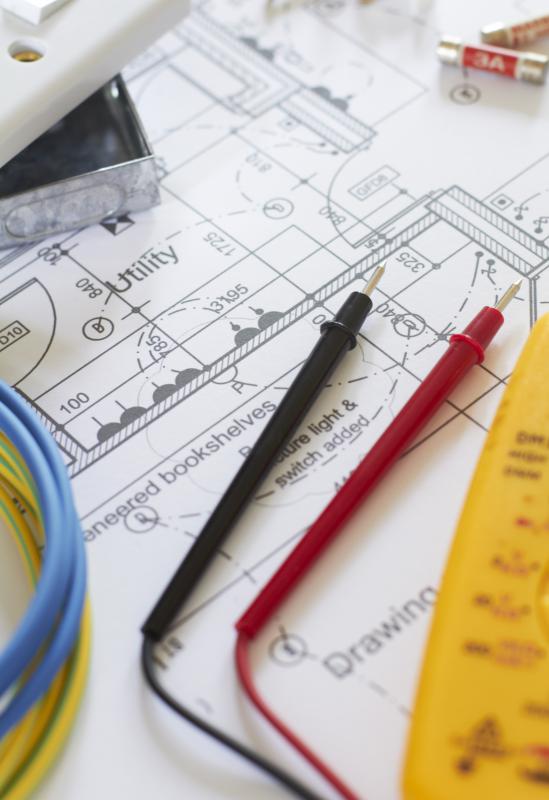At WiseGEEK, we're committed to delivering accurate, trustworthy information. Our expert-authored content is rigorously fact-checked and sourced from credible authorities. Discover how we uphold the highest standards in providing you with reliable knowledge.
What Are the Best Tips for Making DIY Electronics?
Do-It-Yourself (DIY) electronics can be fairly easy to make and there are many websites and books that can be used as guides for this process. It is typically best for someone new to DIY electronics to start off slowly and begin with simple projects that are easy to follow. With experience and a little practice, more complicated projects can be taken on and completed fairly easily, allowing someone to begin creating some intricate work. There are also products that can make it easier for someone to make DIY electronics, such as pre-built circuit boards and other components that can easily be used together.
One of the best places to start with DIY electronics is with searches on the Internet and through books and magazines intended for electronics hobbyists. Someone new to this field can learn a great deal of information from these resources, though care should be taken before starting any major project. Those performing DIY work on electrical wiring in a home or business should be especially careful, and it is typically best to have a professional deal with high-voltage wiring. DIY electronics on small appliances and devices, however, can be fairly simple and rewarding.

Research is often the key to making DIY electronics work well. Just learning to effectively read an electrical schematic can take time, though doing so allows someone to take on a wider range of projects. It is often best to begin with simple tasks and devices, such as basic switches and circuits that include lights and various transistors. This is excellent practice for working on more complex electronics.

As someone gains experience, more complicated projects can be completed. There are a number of tools often used in making DIY electronics, which can be acquired over time while working on simpler schematics. This may better prepare someone to have the materials necessary for more complex tasks later.
There are also hobby groups that can be joined to learn more about DIY electronics. Some of these groups meet in person in various cities, while others exist only online. These clubs can be a great place for someone to learn more about electronics in general and to ask about particular projects. Professional electricians often discuss their craft together, and hobbyists should also feel free to do so.
Anyone getting into DIY electronics should consider pre-built components that can make the process easier. While it may still be necessary or useful to learn about circuit board design and reading schematics, some kits can be used to make certain projects simpler. Organizations like Arduino®, for example, can provide devices and parts that are designed to function together. The use of pre-crafted components with knowledge built upon a foundation of simpler projects, can allow someone to create a wide range of devices.
AS FEATURED ON:
AS FEATURED ON:












Discuss this Article
Post your comments